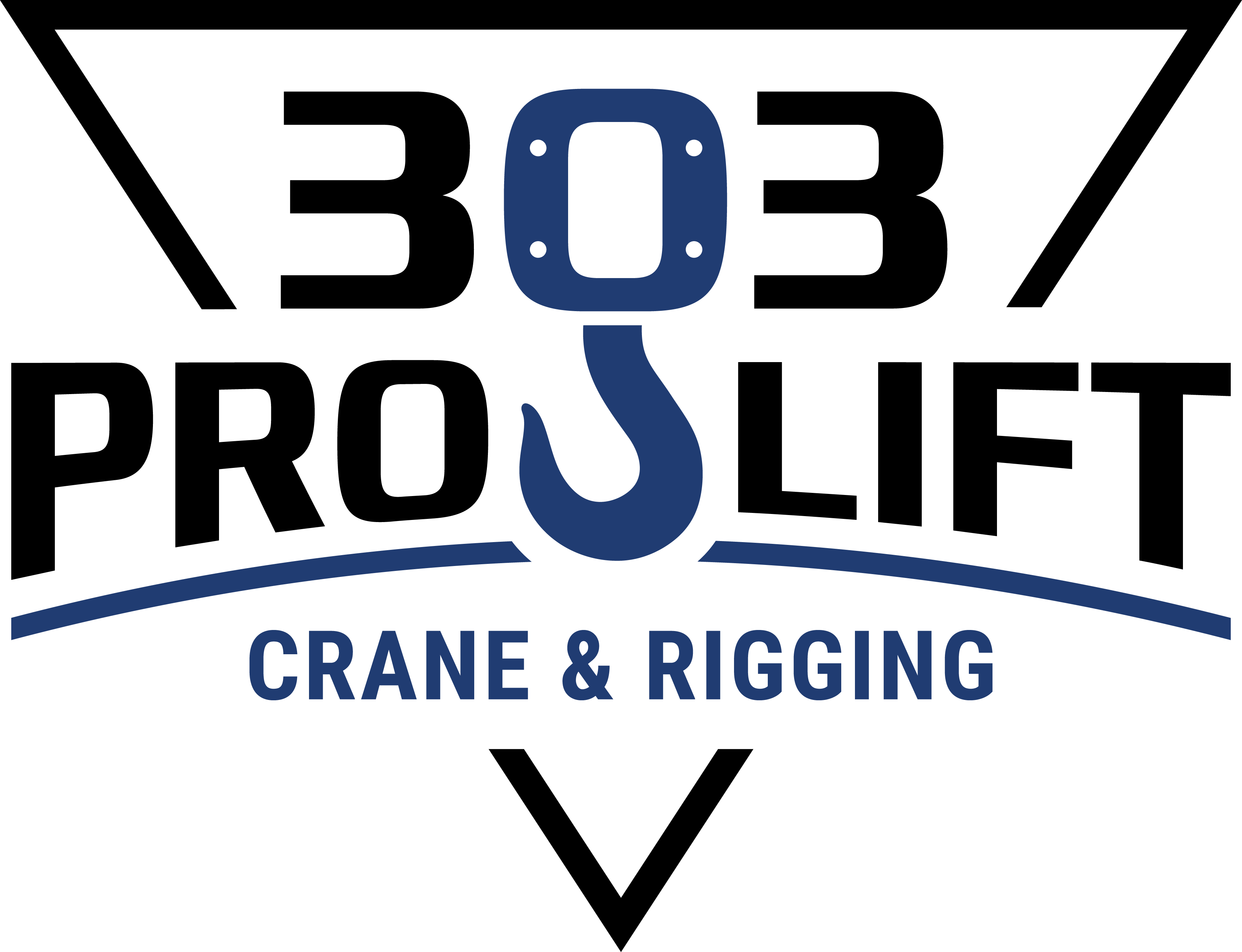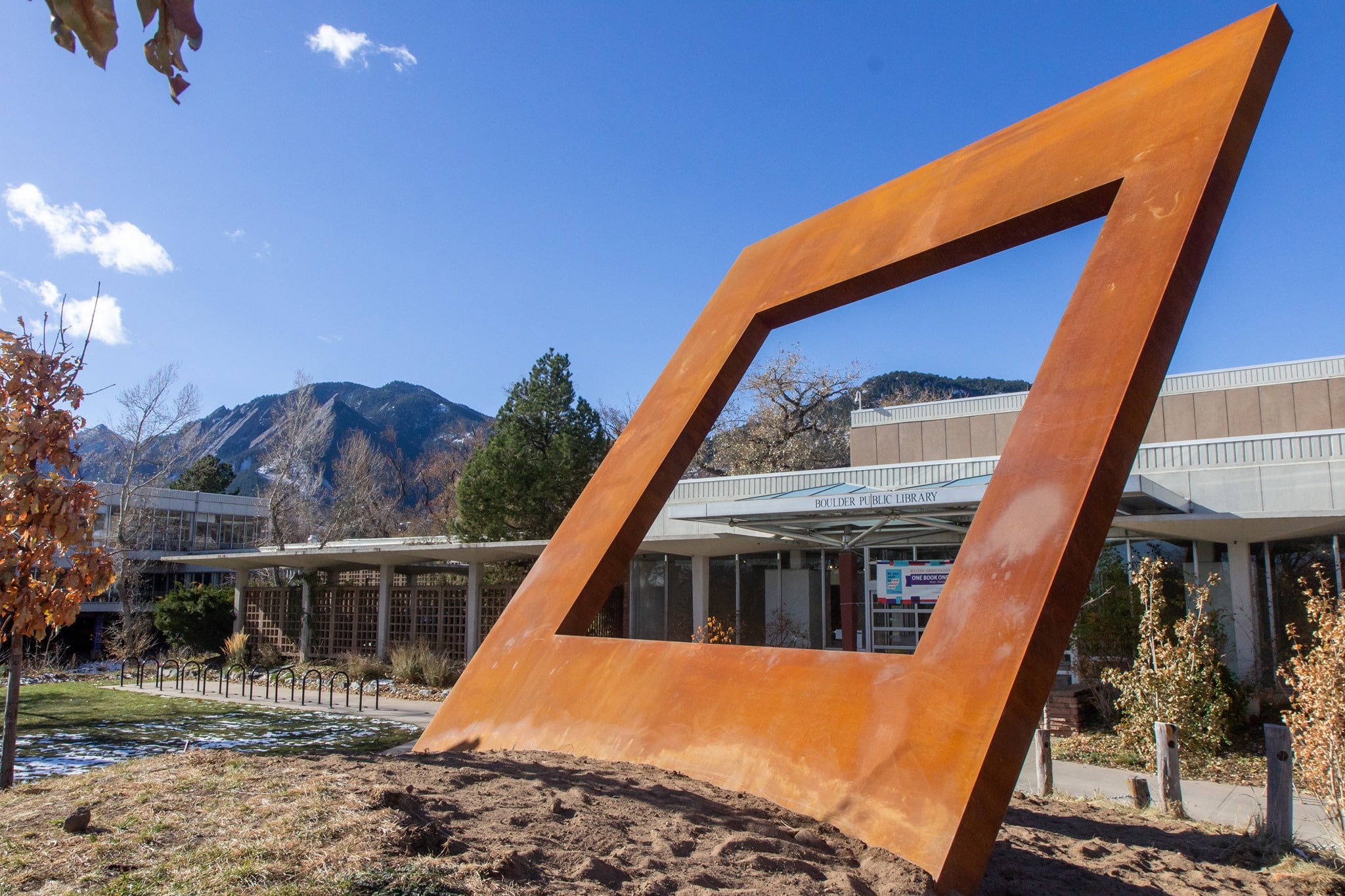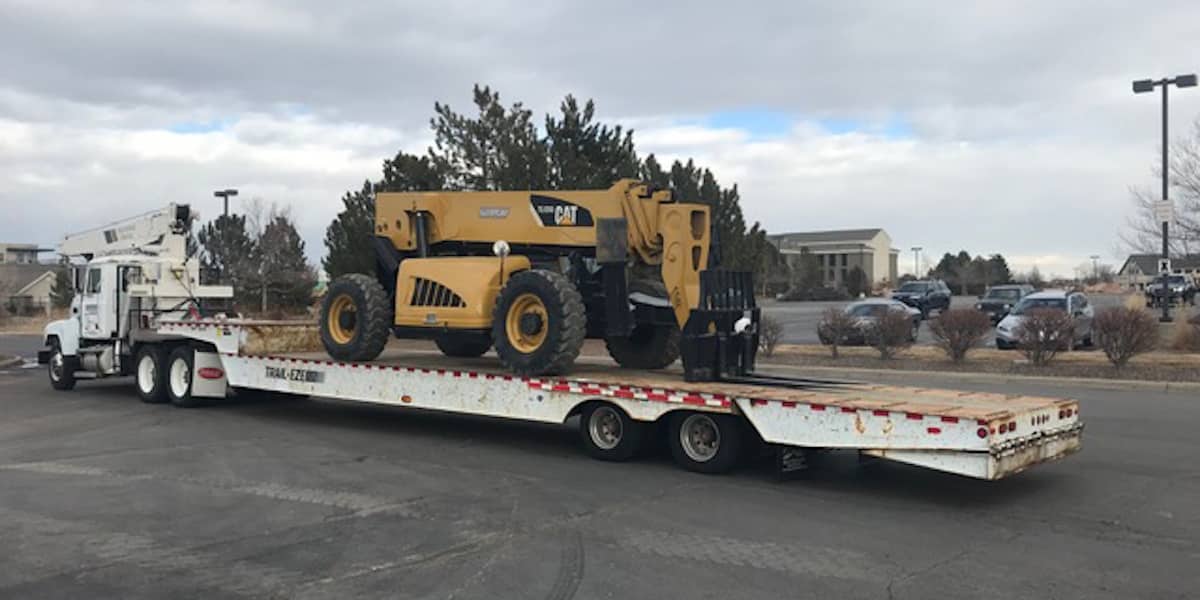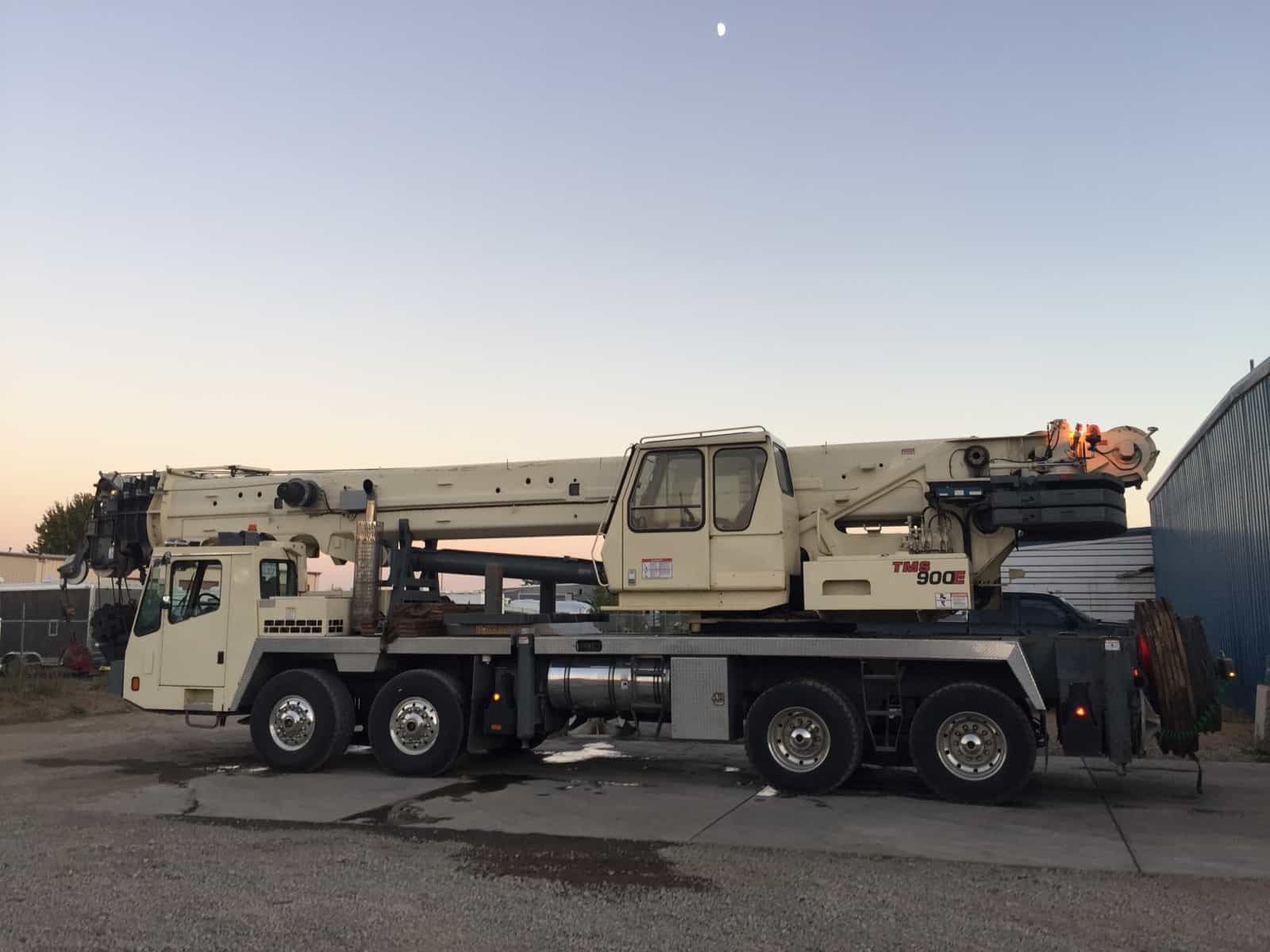Cranes are one of the most versatile pieces of equipment in the construction industries—and they certainly make many jobs easier with their impressive capabilities. They’re also considered to be quite safe overall, as long as they are operated by a skilled and competent crew. However, as any crane operator knows, the potential for damage and injury can be very serious with this amount of power at hand.
Luckily, the potential for negative outcomes can be reduced significantly by taking into account a checklist of procedures and considerations before starting a job or lift. Here are our top 10 tips for establishing and maintaining crane safety on any project.
- Start with a Plan
No matter how many jobs you’ve executed over your career—each lift is always a completely unique situation. The first step in keeping yourself and others safe is to map out a complete plan for the lift at hand. Take a look at the overall lift from start to finish before beginning.
Some important points to consider when developing your plan: What type of load will you be lifting? Are there any hidden hazards inherent in the load? What are the net and gross load weights? If using any other on-site equipment or a rental, check the integrity of the machinery and accessories.
- Obtain any Necessary Authorizations
You’ll want to protect yourself from worst-case scenarios—which can result in damaging liabilities—before starting any job. Before you start any physical work, be sure you review terms and conditions on paper with the supervisor[s] or foreman in charge, then obtain their signatures. Also, be sure to acquire any necessary permits required for the lift to happen.
- Always Wear Proper Safety Equipment
While the specific gear you’ll need for the job is determined by the employer and the site, it’s a sure bet you’ll need to protect yourself with such common items as a hard hat, high-visibility shirt or vest, gloves, and protective eyewear while working with the crane. Be sure that your apparel is fire-resistant, and your gear is clean and in good, undamaged condition.
- Examine Lift Area and Ground Conditions
It’s a good idea to carefully look over the site where the lift will be executed as part of your initial load plan, but conditions can change in a short time, so another review will be needed when you actually begin the job. Is the ground sufficiently firm and level to support the crane? Any hollows to watch out for? Are there any soft spots that require crane mats for stability?
- Check for Overhead Hazards
Now that you’ve looked down, it’s time to look up. Is there anything overhead that will interfere with your lift, such as trees or power lines? If the latter, check with your local power company and OSHA for compliance guidance. And, by the way, while you’re looking at the sky—it’s a good idea to make note of weather conditions, too. Rain, heat, cold, and wind can all affect even the best-laid plan.
- Ensure Clear Visibility
The crane operator will need an unobstructed view for both efficiency and safety’s sake. Check to see if he/she can clearly view the load during all stages of execution. If there are any issues in this area, you will need to additionally plan for some kind of assistance at the obstructed points.
- Use a Trained Signal Person
It is essential you choose an individual who understands the lift process thoroughly, is certified, and can communicate with the crew. Decide ahead of time what type of signal communication will be best for the unique job—visual hand signals (in this case, be vigilant about visibility) or spoken radio commands? If using verbal signals, take time to ensure radio communication is competently executed, with a dedicated channel…and don’t forget batteries!
- Understand the item being lifted
Just like the lift area, it is a good idea to include a study of the proposed load in your initial lift plan—and, again, also good to review it once again when about to begin work. You should obviously be apprised of what type of load will you be lifting before you start the lift. However, other notes to take: What are the net and gross load weights? Are there any hidden factors in the load that might affect these weights? Any possible hazards inherent in the load that could cause issues if spilled?
- Use Tag Lines to Control the Load
If working with a large and complex load, a tag line procedure can make the process smoother. Plan ahead: How many lines will be needed to adequately control the load? Make sure the lines are non-conductive fiber, free of knots and defects, and long enough for the purpose (do not splice lines together!). When tending a tag line, be sure to wear gloves, and never loop the line around a body part.
- Pay Attention
Finally, it may seem too obvious to mention—but keep your focus during your work. Everyone involved with the lift must strive to be alert and on point, even during periods of downtime on the job. When cranes are operated properly, they are highly safe and efficient; however, if something goes wrong, the potential for great damage or injury is imminent. Reduce risk by maintaining a focused crew…starting with yourself!
Planning ahead is key to a safe and healthy project and crew. Take the time to establish a framework of safety, then enjoy the satisfaction of a job well done!






One Response
Love #7 and #10! Keep up the great work!Mike